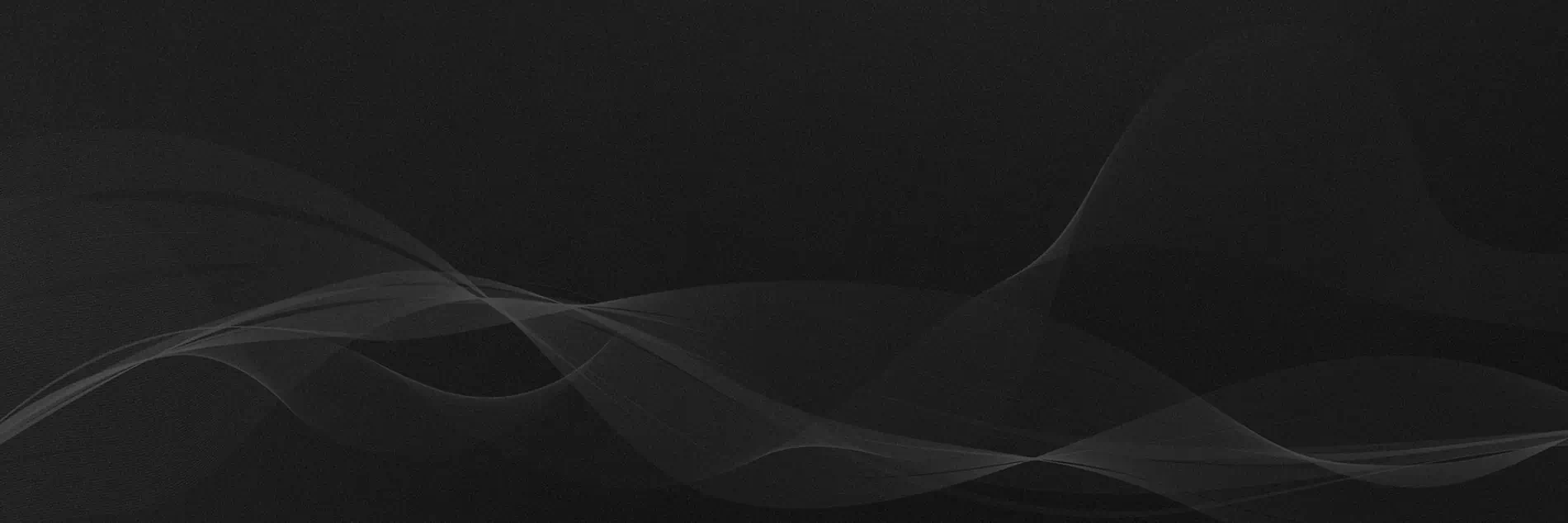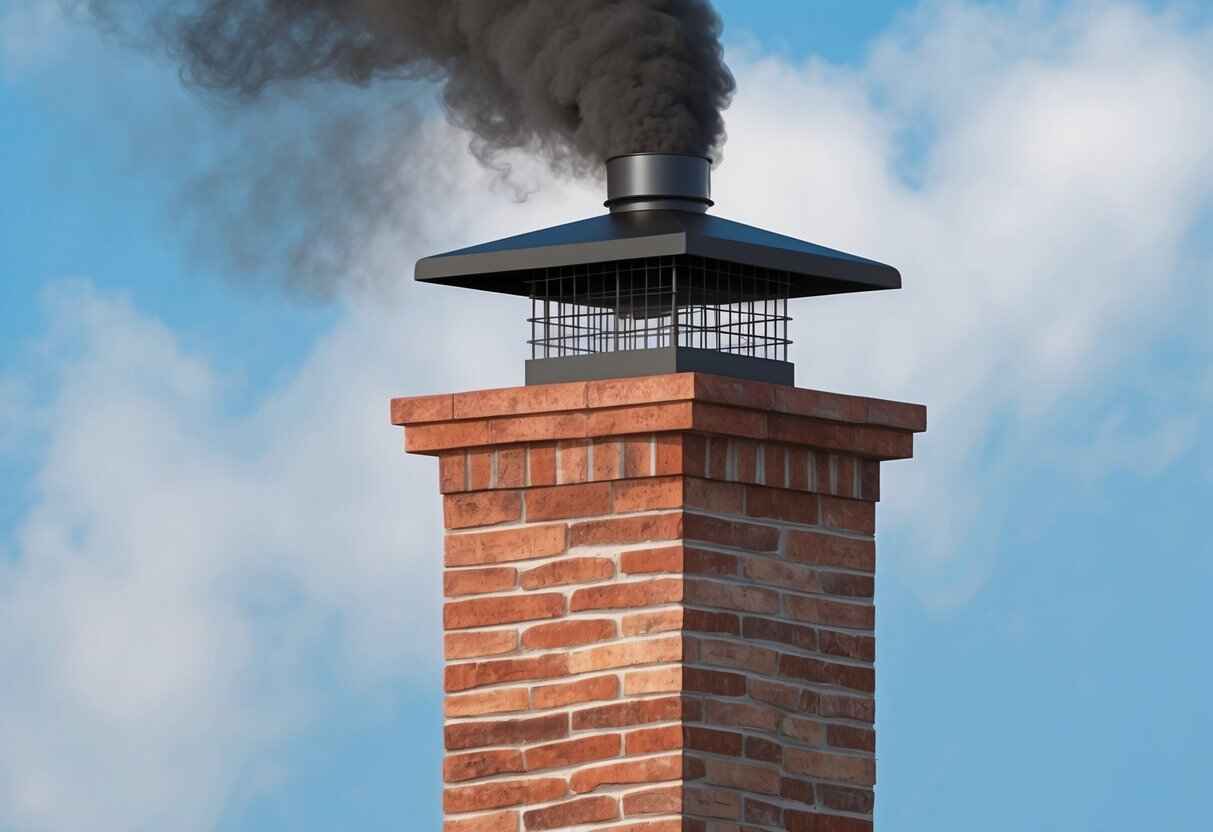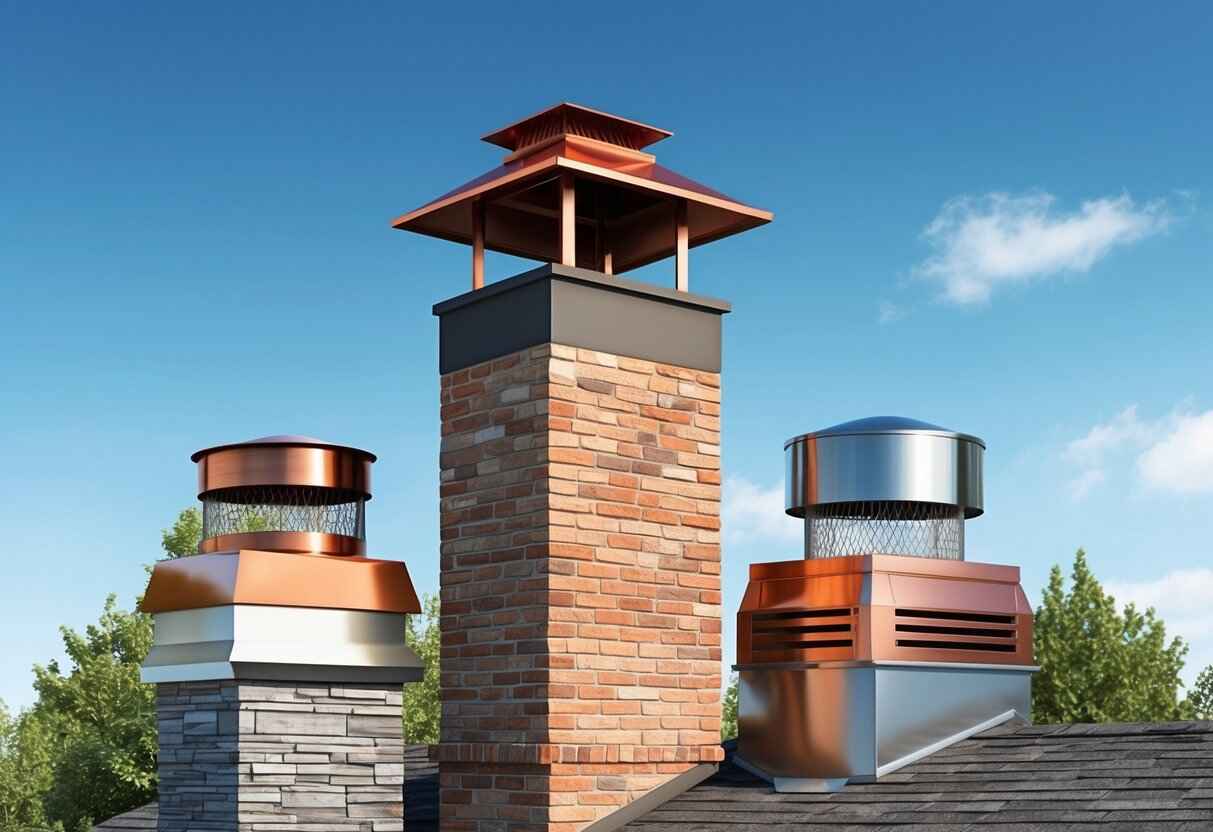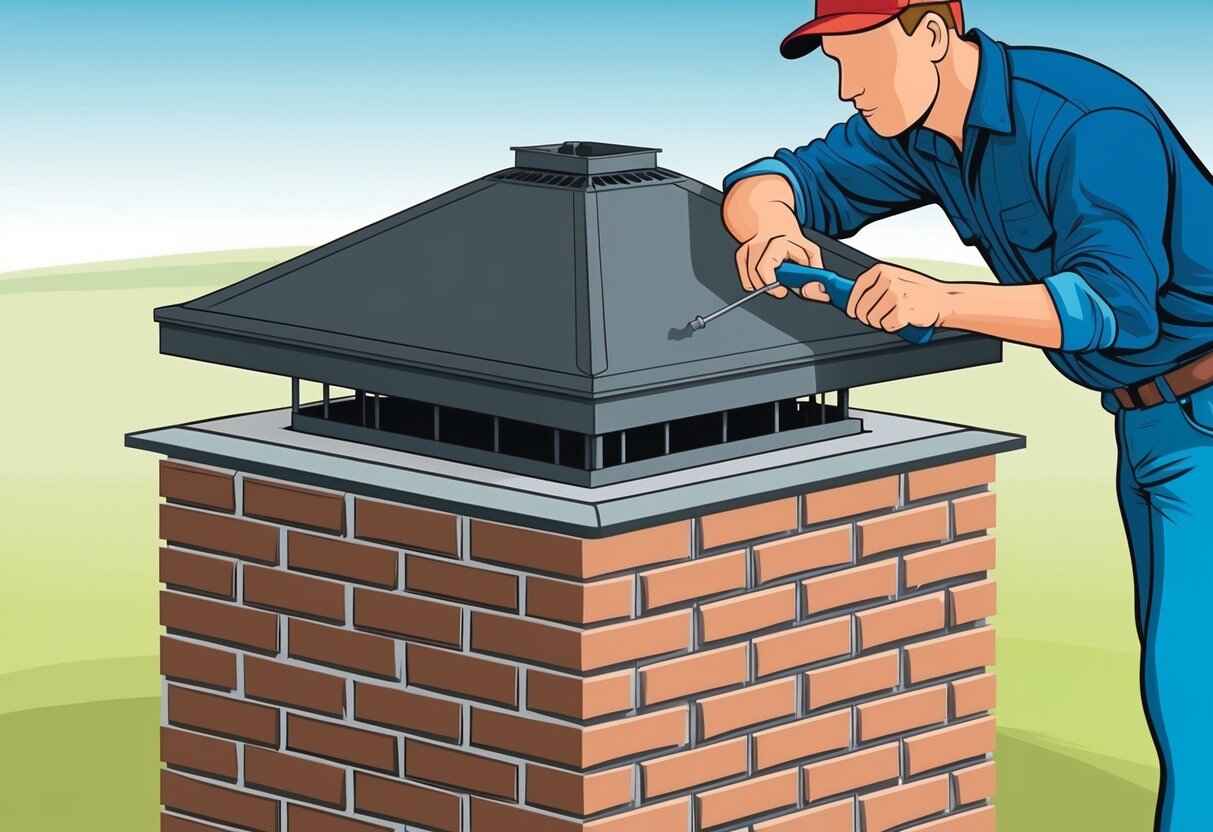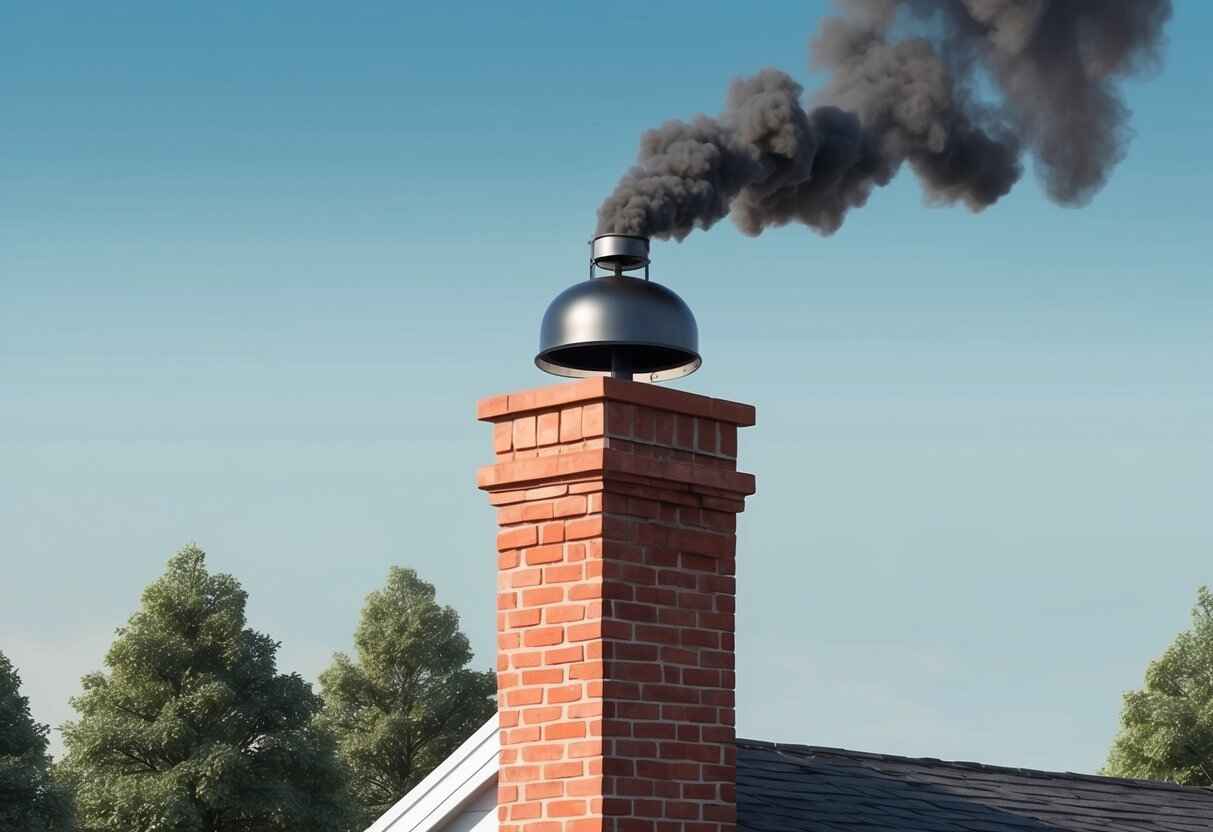Are Chimney Caps Necessary Essential for Home Safety and Efficiency – Chimcare Chimney Caps
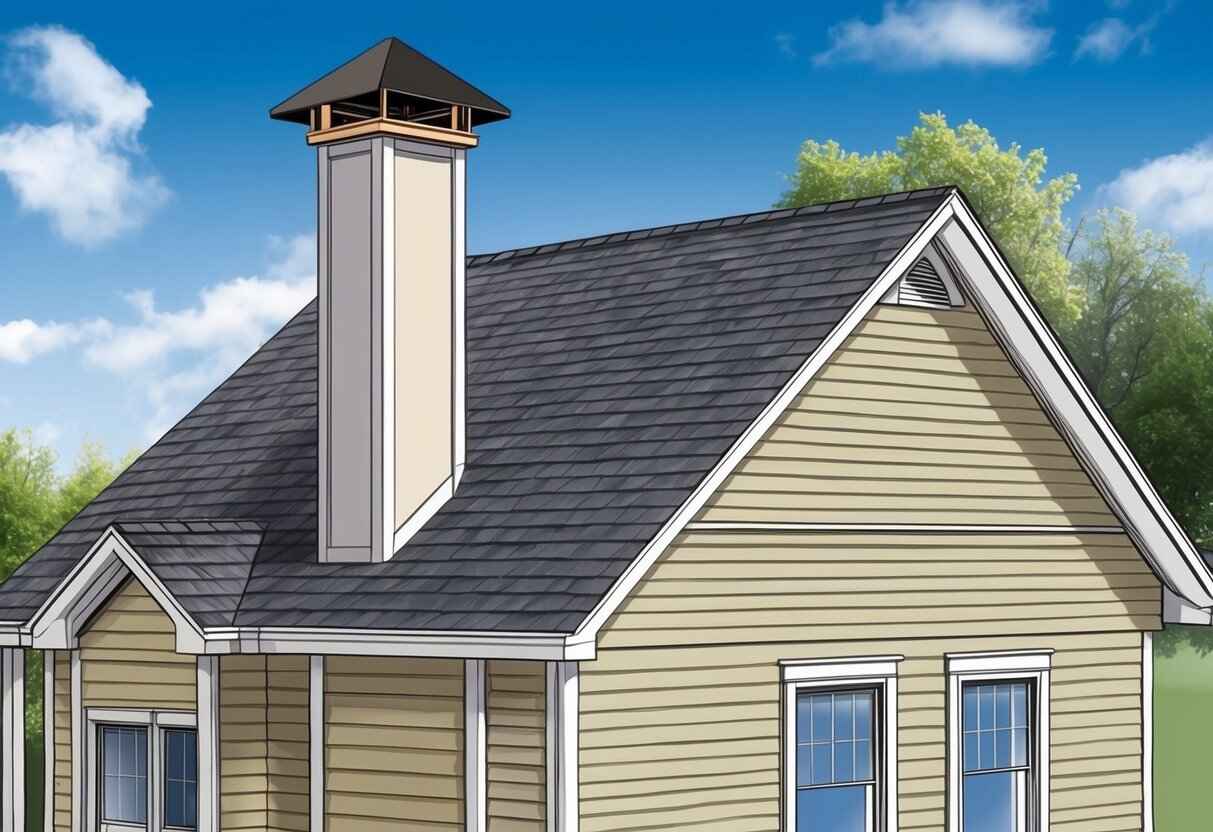
Introduction
Chimney caps may not be the first thing that comes to mind when considering home maintenance, but they play a crucial role in protecting your chimney and home. These simple fixtures can prevent water damage, block debris, and keep animals from making your chimney their home. While not all chimneys are built with caps, adding one can significantly enhance the safety and longevity of your chimney system.
As we delve deeper, we find that chimney caps are available in various materials, each offering unique benefits. The right chimney cap can improve the efficiency of your chimney, complementing your overall home improvement efforts. Regular inspection and maintenance are vital to ensure that the cap functions effectively and does not become obstructed.
In deciding whether a chimney cap is necessary for your home, it’s essential to weigh its benefits against possible downsides, such as potential blockages from creosote or debris. By understanding these factors, we can make informed decisions that safeguard our homes and maintain compliance with safety standards.
Key Takeaways
- Chimney caps are essential for protecting chimneys from water and animals.
- Different materials offer varying benefits and require proper maintenance.
- Regular upkeep ensures efficiency and safety in home improvement efforts.
Importance of Chimney Caps
In our exploration of chimney systems, chimney caps play a crucial role in maintaining the functionality and longevity of the chimney. They provide essential protection against environmental and wildlife threats. With our careful installation, homeowners can enhance the efficiency and safety of their homes.
Preventing Water Damage
Water entering a chimney can cause extensive damage over time. It can compromise the mortar and bricks, leading to structural deterioration.
By using chimney caps, we can prevent rainwater from entering the chimney flue. This barrier is vital as it shields the interior of the chimney from moisture accumulation, reducing maintenance and repair costs. Moist environments can lead to mold growth, further highlighting the importance of effective moisture prevention through chimney caps.
Avoiding Downdrafts
Downdrafts occur when air flows down the chimney, often leading to smoke and odors being pushed back into the home. This not only causes discomfort but may also impact indoor air quality.
A chimney cap helps prevent downdrafts by blocking strong gusts of wind from entering the flue. By installing these caps, we ensure that the flow of air remains consistent and directed, enhancing overall comfort and efficiency within the home.
Protecting Against Wildlife
Wildlife can become a significant nuisance if they gain access to chimneys. Animals like squirrels and birds often seek shelter, potentially obstructing the chimney or causing blockages.
Chimney caps, equipped with mesh screens, act as a protective barrier against such intrusions. They prevent animals from nesting or entering the home via the chimney flue. This protective measure helps maintain a clear and functional passageway for smoke and gases, ensuring the safe operation of the chimney system.
Types and Materials
Chimney caps are available in various types and materials, each designed for specific needs. Stainless steel and copper are popular choices for their durability and aesthetic appeal, while the mounting style—standard or outside mount—plays a crucial role in functionality and appearance.
Stainless Steel Caps
Stainless steel caps offer excellent durability and resistance to rust. They are particularly suitable for regions with harsh weather conditions due to their ability to withstand moisture and extreme temperatures. These caps typically come with a mesh screen that helps keep debris and animals from entering the chimney.
We often recommend stainless steel for its long lifespan and minimal maintenance requirements. Additionally, the polished look complements various architectural styles, making it a versatile option for many homes. Benefits such as a long warranty period often accompany their purchase, making them a wise investment.
Copper Caps
Copper caps are favored for their distinctive aesthetic, providing a touch of elegance and charm. Over time, exposed copper develops a natural patina, evolving in appearance and adding character to the home. They are also extremely durable and offer long-term protection against environmental elements.
Many homeowners appreciate copper for its combination of beauty and functionality. Although copper chimney caps may have a higher initial cost, their durability and ability to enhance home value justify the investment. Furthermore, they can be custom-fitted to suit unique chimney designs, providing both style and efficiency.
Standard Vs Outside Mount Caps
Standard chimney caps fit inside the chimney flue, which can be ideal for simple installations. These caps are generally easier to install and remove for cleaning and maintenance. However, their design might not cover the entire top of the chimney, potentially leaving portions exposed to weather.
Outside mount caps, conversely, cover the entire top surface, providing more comprehensive protection. They are particularly effective for older or larger chimneys. While their installation might be more complex, the enhanced coverage and robust protection they offer make them a preferred choice for some homeowners. The choice between standard and outside mount often depends on the specific needs of our chimney and personal preference.
Chimney Cap Installation and Maintenance
Proper installation and maintenance of a chimney cap are crucial for ensuring it functions effectively. We must focus on accurate installation, regular inspection, and appropriate cleaning to enhance durability and performance.
Proper Installation Process
To install a chimney cap, we must first secure a ladder properly for safety. It’s essential to measure the chimney flue accurately to select the correct cap size.
An improper fit could lead to inefficiency and potential damage. We ensure a snug fit by aligning the cap properly, using screws if needed. Attention to the manufacturer’s instructions helps us avoid errors. Some caps feature support systems for enhanced stability.
Installation often requires basic tools like a screwdriver and a chimney brush to clean the crown before placing the cap.
Regular Inspection and Replacement
Regular inspection of our chimney cap is essential to maintain its functionality. We should check for signs of wear, rust, or damage frequently.
Over time, weather conditions can affect the cap’s material, leading to the need for replacement. If the integrity is compromised, a replacement is necessary to prevent issues like downdrafts or moisture entry.
Inspections ideally happen concurrently with routine chimney sweeps. This helps us identify potential problems early and address them promptly to avoid more significant complications.
Cleaning and Upkeep
Cleaning our chimney cap involves a thorough removal of debris such as leaves and nests. This is critical for preventing blockages and ensuring proper ventilation.
We often use a chimney brush or a stiff-bristled brush, paying close attention to the mesh screen where debris accumulates. Cleaning prolongs the cap’s lifespan and keeps it functioning efficiently.
During each cleaning, we inspect for any signs of rust or corrosion, as these could necessitate further maintenance steps or replacement. Maintaining a regular cleaning schedule supports overall chimney health and helps avoid costly repairs.
Benefits and Considerations
Chimney caps offer practical advantages such as protection from elements and improved aesthetics, enhancing the function and appearance of any home. Considering cost, installation, and maintenance, they are a vital addition to our home maintenance strategy.
Enhancing Curb Appeal
Chimney caps come in various designs, materials, and finishes that contribute significantly to a home’s aesthetic appeal. Whether our home style leans modern or traditional, we can find a chimney cap that complements it beautifully. Steel, copper, and aluminum are popular choices that not only last but also add a touch of elegance.
An appealing cap increases the property’s value, making our home more attractive to potential buyers. This enhanced curb appeal is an investment yielding long-term benefits that go beyond simple functionality.
Preventing Rust and Corrosion
The strategic purpose of chimney caps includes protecting the chimney from rust and corrosion. Exposed chimneys can accumulate moisture, leading to rust stains on the exterior of our homes. This not only diminishes a chimney’s structural integrity but also affects its visual appeal.
By installing caps, we effectively create a barrier against rainwater and snow. Using materials like stainless steel or copper further minimizes corrosion risks, ensuring durability and reducing maintenance needs.
Cost Factors and Value
When considering chimney caps, cost is an essential factor. Prices vary widely based on material, design, and installation complexity. However, the long-term value they offer often outweighs initial expenses.
Investing in a quality chimney cap protects our home from potential water damage, reducing costly repairs. Additionally, by keeping out debris and animals, caps minimize upkeep. It’s a cost-efficient way to ensure our chimney remains functional and maintains its condition for years.
Compliance and Safety
Chimney caps play a significant role in ensuring both safety and adherence to building codes. A proper understanding of the requirements for chimney construction and maintenance can protect homeowners from potential hazards and legal issues.
Meeting Building Codes
Local building codes often require the installation of chimney caps to enhance safety and efficiency. These regulations are set to prevent potential hazards, such as fire risks and structural damage. Single-flue and multi-flue caps each have regulations based on design and function.
Failing to comply with these standards can lead to penalties or increased insurance costs. Our familiarity with these codes is crucial, as they dictate the conditions under which chimney caps must be installed, including dimensions, materials, and installation techniques. This ensures that the chimney remains in optimal condition.
Fire Safety with Spark Arrestors
Spark arrestors are a critical component when considering fire safety. They prevent dangerous sparks or embers from exiting the chimney, which could otherwise ignite nearby combustible materials. This is especially important in regions prone to wildfires.
Our emphasis on installing spark arrestors can significantly mitigate fire hazards. They are often integrated with multi-flue caps for comprehensive protection. Ensuring that spark arrestors meet relevant safety standards is a key preventive measure for fire safety, safeguarding both property and lives.
Frequently Asked Questions
We address common questions regarding chimney caps, focusing on their necessity, suitability for various chimney types, and implications of their absence. Our insights aim to clarify concerns about regulations, weather protection, and efficiency.
What are the implications of not having a cap on your chimney?
Without a chimney cap, homes are exposed to undesirable elements. Rainwater can enter, potentially causing damage. Animals might also find their way in, causing blockages or other issues. A cap serves as a barrier against these risks, helping to maintain the chimney’s functionality and cleanliness.
Do building codes require the installation of chimney caps?
Building codes vary by location. In some areas, chimney caps are mandated to prevent moisture damage and animal intrusion. It’s essential to consult local building regulations to determine specific requirements for chimney caps in our area.
How does one choose the proper chimney cap for weather protection?
Selecting the right chimney cap involves considering local weather conditions. For areas with heavy rain, caps with extended drip edges offer added protection. In windy regions, sturdier models can prevent cap dislodgement. Understanding the local climate guides us in choosing an appropriate cap design.
What are the consequences of using a chimney without a cap?
Using a chimney without a cap can lead to several problems. Rain and snow can cause deterioration of the chimney’s interior. Debris can collect, leading to potential blockages. Additionally, the risk of downdrafts increases, which might push smoke and cold air back into the home.
Can a chimney function efficiently without a cap, even if it’s not in use?
Even when not in active use, a chimney without a cap can become a liability. It can be a passage for unwanted water and pests. These factors may degrade the chimney structure over time, potentially leading to costly repairs, even during periods of inactivity.
Are there specific cap recommendations for brick chimneys?
Brick chimneys often require caps that complement their design and offer robust protection. Stainless steel or copper caps are suitable for their durability and resistance to corrosion. Ensuring a proper fit and aesthetics with the brickwork helps in maintaining both functionality and appearance.

 We Ship Anywhere USA & Canada
We Ship Anywhere USA & Canada

